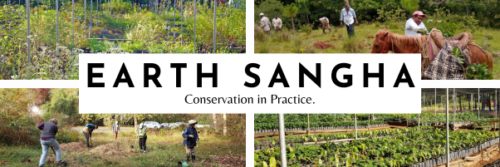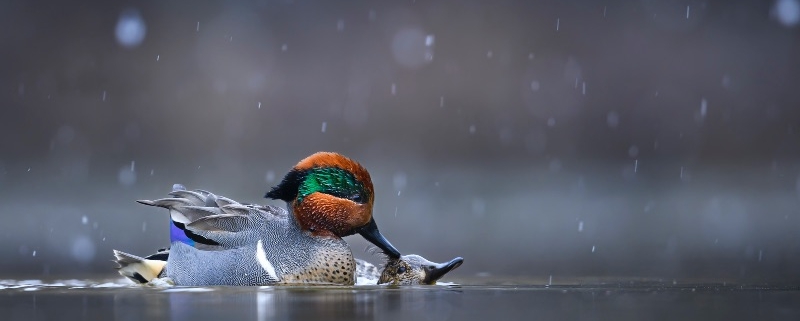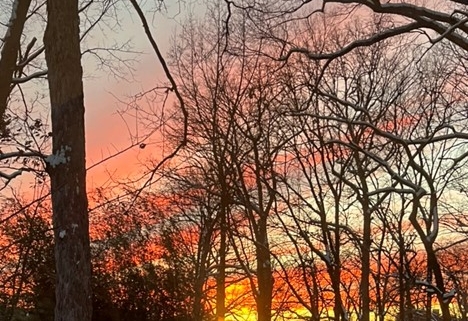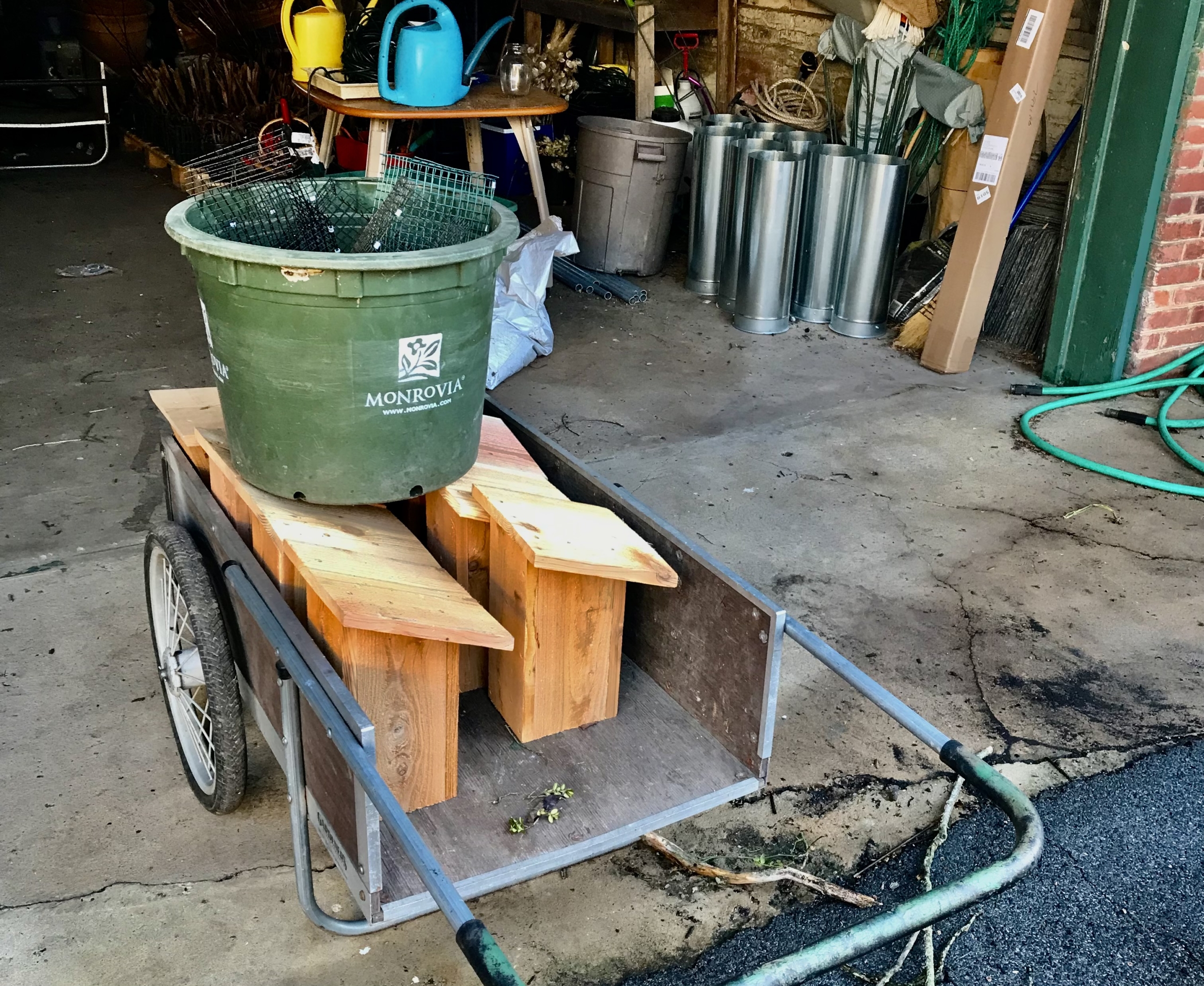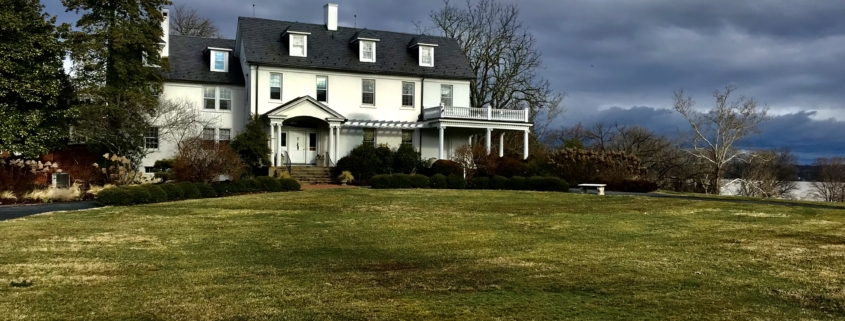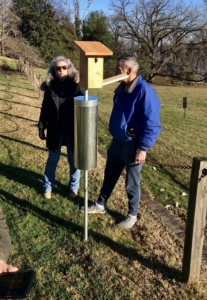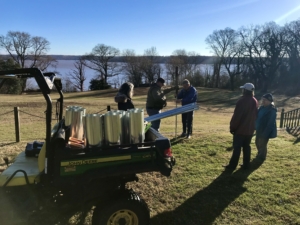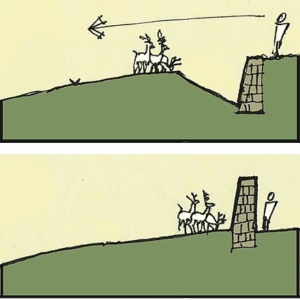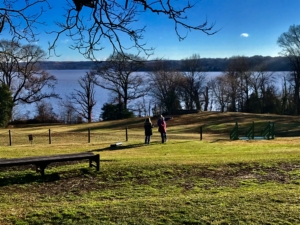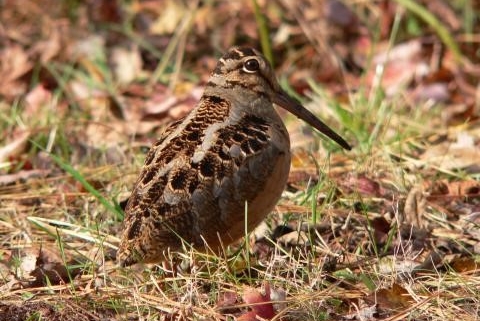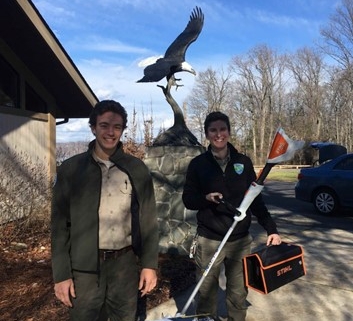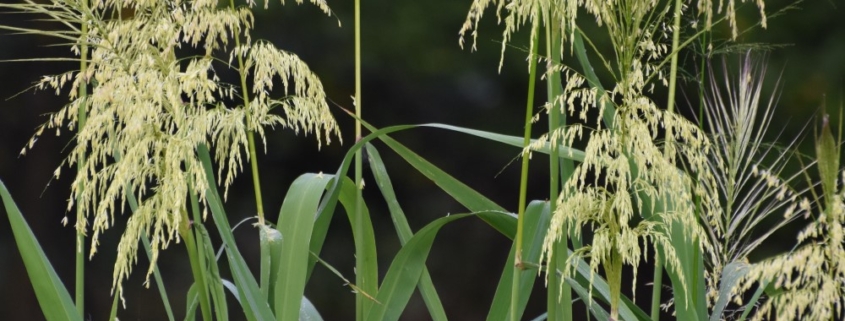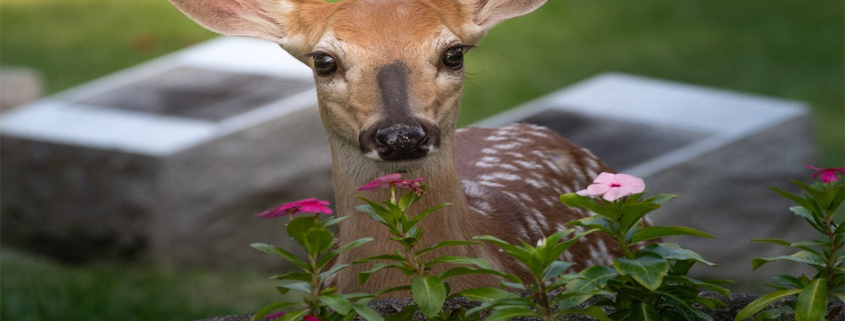Sangha Stewards Applications Open Now!
Image courtesy of Earth Sangha
Sangha Stewards Application here.
Earth Sangha is excited to announce that they’re opening applications for their Sangha Steward program! The Sangha Stewards is a way for volunteers looking for more independent and technical work to join them at their nursery, field sites, and office to help them manage more complex tasks and receive extra training.
Sangha Stewards will be invited to work more closely with their staff and to join their monthly staff training sessions (they’ll have snacks!). Days and times are more flexible and they’re looking to work with their Stewards to develop their skills and what sort of work they’re most interested in.
They have four categories for Sangha Stewards:
Nursery and Propagation: While they already do a lot of potting up, they frequently have species that need a little bit more detailed care: perhaps it’s a tray with mixed species, maybe they have delicate seedlings that need to be teased apart, or they need someone with a keen eye and a steady hand to remove weeds among rare or sensitive native plants. Or maybe you just want to relax and help them hand water through the summer. This is work that can be done independently or as part of our regular volunteer days.
Building and Infrastructure: They always have a backlog of maintenance and construction tasks at the nursery, whether it’s adjusting irrigation lines or helping them build more oak and hickory rodent exclosures. If you’re handy with tools, they could use the help here!
Invasives and Field Sites: The invasives never sleep, so they could use an extra set of eyes and hands out at some of their field sites. This could mean checking sites periodically for Early Detection Rapid Response species or even doing a little bit of independent pulling or helping them lead volunteers at their field days. They’ll make sure to familiarize you with their sites and train you on the species and areas they’re looking to target. Keeping invasive vines off their Habitat Refuges will be one of their top priorities.
Office: For those of you who would rather be inside, they do need periodic help at their office. It may not be as frequent as the other categories, but printing labels and helping them organize their Acorn newsletter mailings would be a big help!
If you’re interested in joining, they’ve put together a Google Form you can fill out (see link above) and Michaelanne will be in touch soon. (If you have any questions, please see the volunteer page of our website or email Michaelanne at mmakuch@earthsangha.org.) As they’re beginning this program, they’re going to limit the number of spots; as they grow, if folks are interested, they can open up this opportunity to more people.


